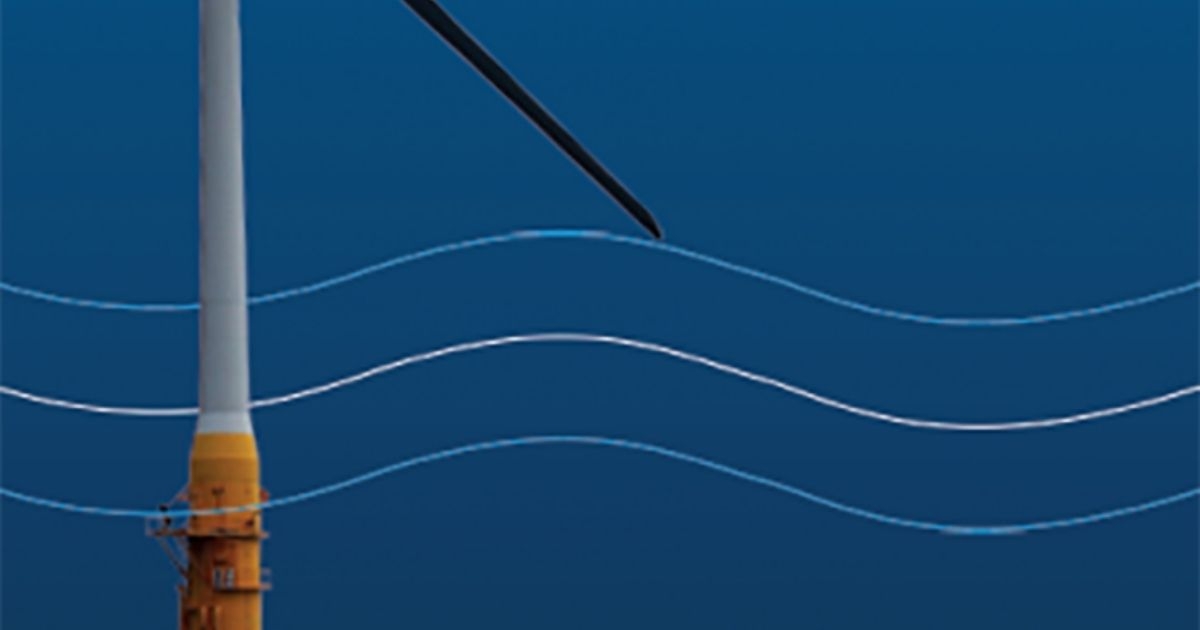New Report on Technical Challenges for Floating Offshore Wind

A new report released analyzes the technical opportunities and challenges for the floating offshore wind sector to overcome, as it moves towards commercial scale farms.
The findings are the result of the latest work undertaken by the Floating Wind Joint Industry Project (JIP), the world-leading collaborative floating wind research and development program managed by the Carbon Trust.
According to the report, despite Covid-19 related delays the global floating offshore wind industry is expected to grow from 74MW at the time of this release to 126MW by the end of 2021 with the completion of the largest floating offshore wind farm to-date at Kincardine, Scotland.
Many countries are considering floating wind, as it opens up new areas with high-wind resources that are not suitable for bottom-fixed installations, such as very deep waters. However, as outlined in the report, the industry has certain inherent challenges that need to be addressed in order to maximize the efficiency of commercial-scale floating offshore wind farms. These include:
- Heavy lift maintenance: commercial floating offshore wind farms are likely to be installed in deeper waters, where conventional jack-up vessels will not be a viable option. On top of this, the relative motion of the turbine versus a floating maintenance vessel is a key risk that needs to be mitigated.
- Tow-to-port: better solutions to safely disconnect and store all the connections when bringing the turbine back to port were researched, providing recommendations depending on the turbine platform design and the distance to port.
- Mooring in challenging environments: both very deep and very shallow waters come with inherent challenges for anchoring floating offshore wind platforms, from selecting the most cost-efficient mooring system, to mitigating the strong dynamic motions of waves experienced in shallower waters.
The Phase-III Summary report outlines these challenges and summarizes the solutions that have emerged as part of the projects delivered within Phase-III and a technological competition managed by the Carbon Trust and the Floating Wind JIP.
The findings come at a time that the floating offshore wind sector is ready to scale up, and industry participation in the Floating Wind JIP is also increasing as bp and Tohoku Electric Power Co., Inc. have recently joined the program alongside the 15 existing members: EDF Renouvelables, EnBW, Equinor, Kyuden Mirai Energy, Ocean Winds, Ørsted, Parkwind, RWE, ScottishPower Renewables, Shell, SSE Renewables, TEPCO, TotalEnergies, Vattenfall, and Wpd.
Aleida Rios, Senior Vice President Engineering, bp commented: “bp has always seen the benefit of partnership and collaboration, both in terms of technological advancement and delivering solutions at scale. In becoming a member of the Carbon Trust’s Floating Wind JIP, we look forward to contributing and furthering the advancement of floating offshore wind solutions, as we continue to grow our renewables portfolio.”
Yasuo Miyatake, Executive Officer, Tohoku Electric Power said: “Tohoku Electric Power is honored to become a part of the Floating Wind JIP. In response to the growing momentum for decarbonization internationally, we have declared the ‘Carbon Neutral Challenge 2050’ and we have been developing renewable energy, mainly onshore and offshore wind. We believe that floating offshore wind is a crucial power source for expanding our green development further. We look forward to working together with partners to tackle and solve the technical and economic challenges through the program.”
Sam Strivens, Programme Manager, Floating Offshore Wind at the Carbon Trust added: “A series of pilot arrays and demonstration projects have helped to prove the technical feasibility of floating offshore wind. Several national governments have announced dedicated leasing and support for pre- and early commercial floating offshore wind deployment. The main challenge for the industry now is a commercial one.
As we have seen in bottom-fixed offshore wind, our industry-led, collaborative R&D programs have delivered significant cost reductions and de-risked technologies that accelerated commercialization. Since 2016, the Floating Wind JIP has tackled the critical needs of the sector and as we welcome two new partners, we are confident that collectively we can deliver the same impact for floating offshore wind.”

